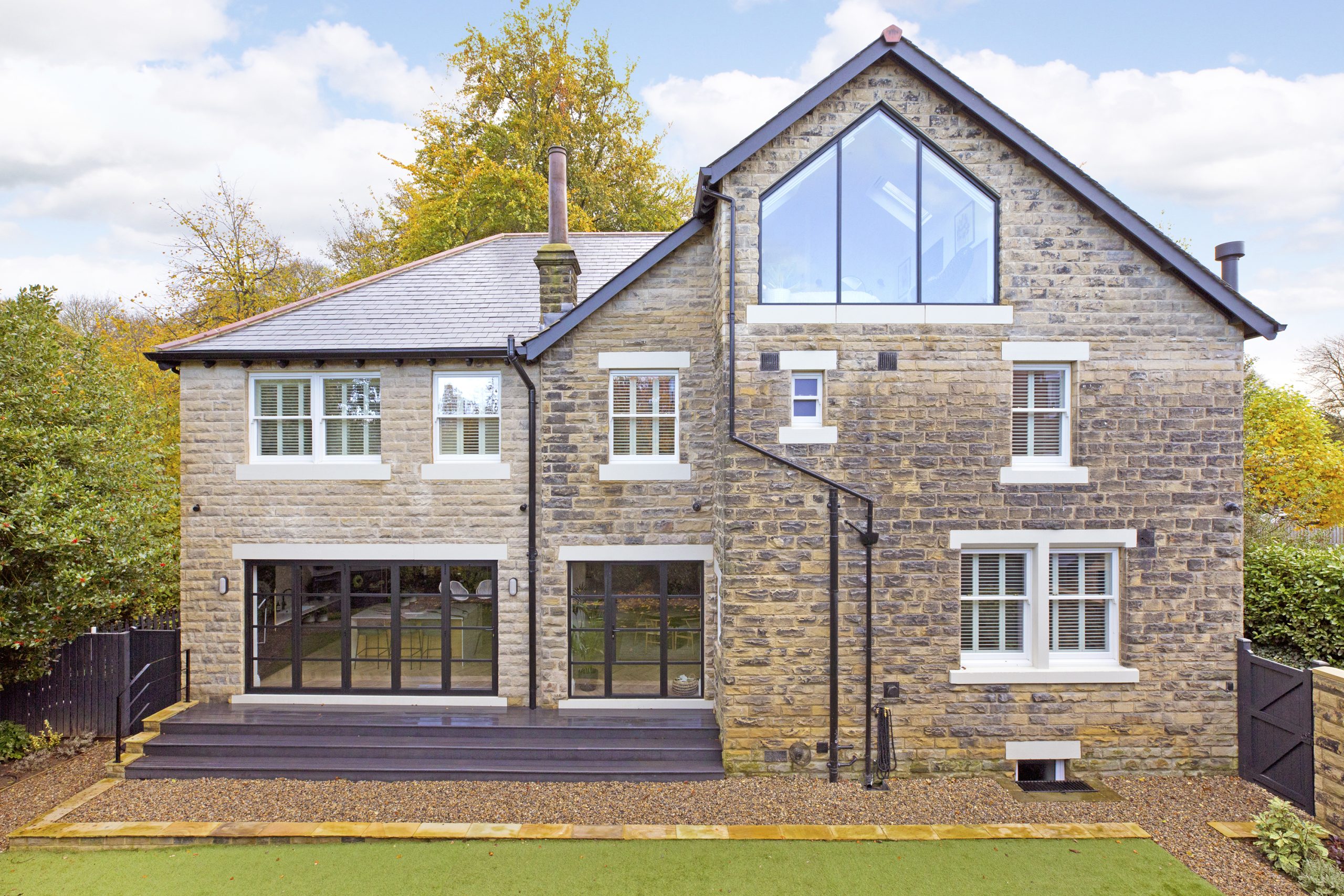Ideas for creating a space that reflects your style and taste while meeting your family’s practical requirements
Designing your dream home is an exciting process, blending your unique style with the practical needs of your family. To create a space that reflects both your aesthetic and functional needs, it’s helpful to consider a few key areas:
Define Your Style and Taste
Start by identifying the design elements that speak to you. Your home should feel like a reflection of your personality, so think about the colours, materials, and ambiance that you love.
- Modern: Clean lines, neutral palettes, and open spaces.
- Rustic: Warm woods, earthy tones, and cosy, natural textures.
- Industrial: Exposed brick, metal accents, and a raw, urban feel.
- Traditional: Rich wood furniture, classical details, and timeless design.
You can even combine elements from different styles to create a personalised fusion.
Consider Your Family’s Practical Needs
Your home should be as functional as it is beautiful. Think about your family’s lifestyle and the spaces you use the most. Some considerations might include:
- Space for Family Activities: If you have kids, consider open spaces for them to play. A large living area or family room can become the heart of the home.
- Work and Study Spaces: In today’s world, home offices or study rooms are a must. If your family is remote-working or homeschooling, create designated, quiet areas for productivity.
- Storage Needs: Plan for enough storage with built-in shelves, walk-in closets, and clever storage solutions that blend into the design.
- Kitchen and Dining: Think about how you cook and entertain. Open kitchens with islands or breakfast bars are both practical and stylish for family gatherings.
Flow and Layout
Think about how your space will flow from room to room. You want to create a smooth, logical layout that promotes easy movement and interaction.
- Open Concept: For a modern feel, an open-concept layout connecting the kitchen, dining, and living areas can create a spacious, airy feel.
- Zoning: If you prefer more separation, consider defining different zones within the house for relaxation, work, and play.
- Natural Light: Maximise natural light by choosing large windows, sliding glass doors, and strategically placed skylights. Not only does this improve the ambiance, but it also reduces the need for artificial lighting during the day.
Personal Touches
This is where you can truly make the space yours. Add unique décor items that reflect your interests, travels or hobbies.
- Custom Furniture: Consider custom-made pieces that fit the exact dimensions and style of your home.
Sustainability
With growing awareness of environmental issues, making your home more sustainable is not only beneficial for the planet but also adds value to your property. Some sustainable design ideas include:
- Energy-Efficient Appliances: Invest in appliances that consume less energy, like LED lighting, smart thermostats.
- Solar Panels: Install panels to harness solar energy and reduce your reliance on fossil fuels.
- Heating & Ventilation: Installing air source heat pumps, MVHR systems to significantly reduce energy consumption.
- Recycled or Eco-Friendly Materials: Use reclaimed wood, recycled glass.
Smart Home Features
Incorporating smart technology can enhance your home’s comfort and convenience. Think about installing:
- Smart Thermostats: Control your home’s temperature remotely.
- Lighting Control Systems: Set the mood with adjustable lighting or automated lighting schedules.
- Home Security: From smart locks to surveillance cameras, safety should always be a priority.
Outdoor Spaces
If your home includes a garden, designing these spaces to complement your indoor living.
- Decks and Patios: Create a comfortable outdoor living area by adding a deck or patio. Use sustainable materials like reclaimed wood, composite decking or eco-friendly paving stones.
- Stone Paths and Walkways: Use natural stone, gravel or paving to create beautiful and functional walkways through your garden.
- Retaining walls: Add retaining walls of stone, brick, or timber to prevent soil erosion, create terraced levels in your garden or provide seating.
Budgeting and Timeline
Finally, it’s essential to have a budget in mind and set realistic expectations about your timeline.










